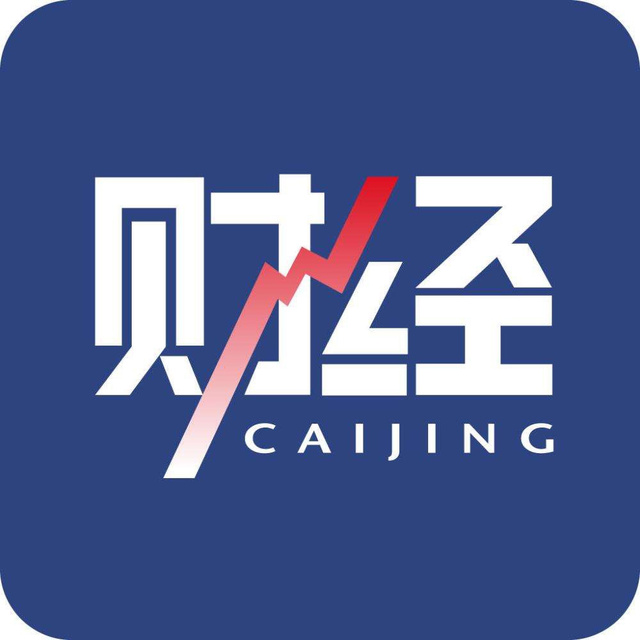
Digital currencies, or cryptocurrencies, have gained significant attention in recent years due to their decentralized
nature and ability to facilitate secure and anonymous transactions. However, not all digital
currencies are created equal, and the standards for a digital currency can vary greatly depending on
the specific implementation and use case. In this article, we will explore the key features and
criteria that define a standard digital currency.
1. Decentralization: The first and most important feature of a digital currency is its decentralized nature. A decentralized currency allows for transactions to be conducted without the need for a central authority, such as a bank or government. This means that there is no single point of failure or control, making it more resistant to censorship and government interference.
2. Security: Another critical aspect of a digital currency is its security. Digital currencies must be designed to protect against hacking, theft, and fraud. This requires implementing advanced encryption techniques and using consensus algorithms to ensure that all transactions are validated and recorded on the blockchain.
3. User-friendly interface: A standard digital currency should have a user-friendly interface that makes it easy for users to send and receive payments. This includes providing clear and concise instructions for sending transactions, as well as offering a range of payment options, such as credit cards and mobile wallets.
4. Scalability: As the number of users and transactions on a digital currency grows, it must be able to scale effectively to accommodate demand. This requires designing the blockchain architecture to be efficient and flexible, with the ability to handle large volumes of data and transactions without slowing down or experiencing congestion.
5. Legal compliance: Finally, a standard digital currency must be legally compliant in all jurisdictions where it is used. This means adhering to local laws and regulations related to money laundering, tax evasion, and other financial crimes. It also requires ensuring that all transactions are transparent and traceable, so that authorities can monitor suspicious activity and prevent illegal activities.
In conclusion, the standards for a standard digital currency include decentralization, security, user-friendliness, scalability, and legal compliance. By meeting these criteria, digital currencies can offer a new way of conducting financial transactions that is faster, cheaper, and more secure than traditional methods. As the popularity of digital currencies continues to grow, it is likely that we will see even more innovative solutions emerge that push the boundaries of what is possible in the world of finance.










